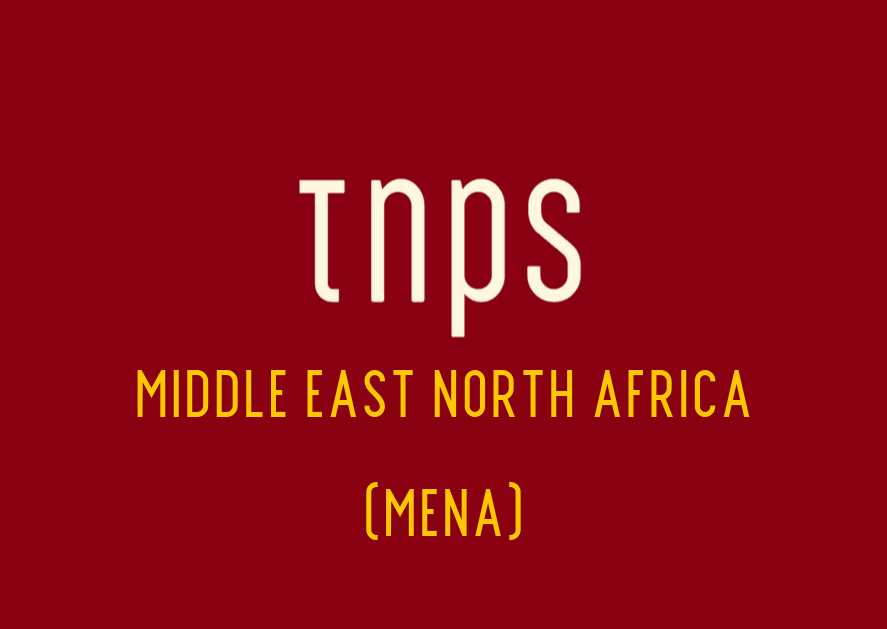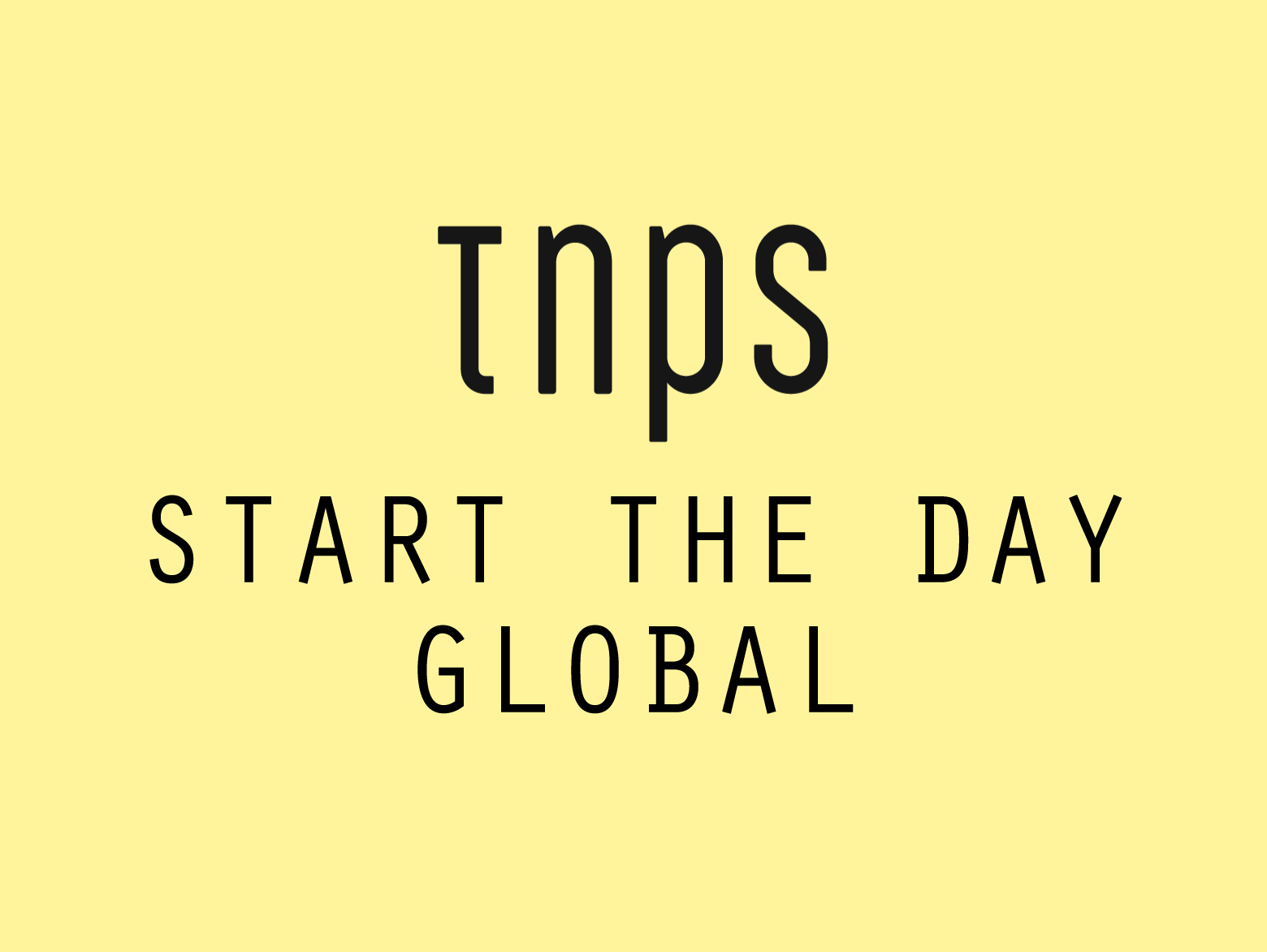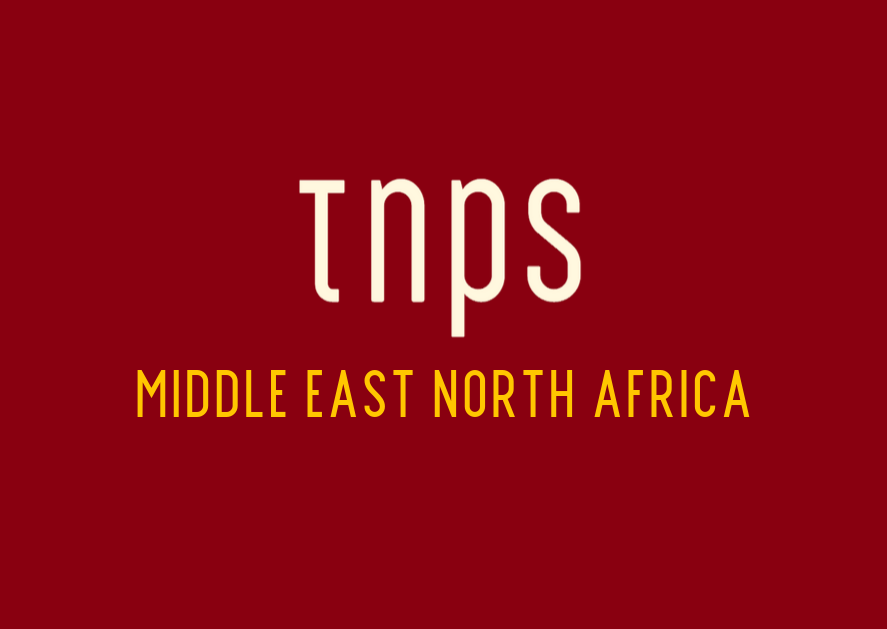The Second Arab Reading Challenge has just wound up. Twenty-five nations took part. Seven million students from 40,000 schools supported by 75,000 teachers. The challenge? To read fifty books a year. And in the United Arab Emirates alone 300,000 students completed the task. So much for the idea that Arabs don’t read.
And yet… There’s no smoke without fire, as the saying goes, and no question there’s plenty of smoke.
Just Google “Arabs don’t read” and you’re spoilt for choice. And at first glance the evidence is hard to refute. Very few Arabic language books are published, very few are bought, and very few are therefore read.
So let’s move on, right? Case closed.
But hold on.
You see, for us in the First World industrialised nations we understand that living next door to a bookstore, ordering a book from Amazon and having it delivered to our penthouse suite window by a Prime Air drone thirty seconds later, or downloading an ebook to our tablet while we’re stuck at a red light, is an inalienable human right enshrined in the small print of the constitution t&c.
Therefore it’s a fair assumption that, if we happen upon someone who hasn’t got their head stuck in a book then, well, they just aren’t a reader.
We pity them, mock them, apportion blame equally between parents, teachers, social media and television, and then get back to reading our book.
But supposing – a post-apocalypse zombie nightmare scenario, but just supposing – there were no bookshops? Just supposing there were no Kindle stores? Just supposing there was no postal service so we could order online and have books delivered? Just supposing the handful of books that were available, at crazy prices, were books we had zero interest in reading? Just supposing all our social media friends were sending us links to their latest ebooks but we had no way of getting them downloaded?
Welcome to the real world beyond our day-to-day lives in the rich west, that millions, nay, billions of would-be readers face every day.
As a seasoned traveller now living in a part of the world where bookstores are, almost literally, non-existent, where there is no post office infrastructure to buy books and have them sent here, and where there is no ebook store usable by the local people, I can say with certainty that more people here would buy books if only they could.
And that’s not just my experience. Back in 2010 the Raya agency (for Arabic literature) ran a post on this very topic.
It cited a survey by the Next Page Foundation which asked Arabs what would incentivise them to read more.
64% of Egypt’s non-readers – and 66.7% in Lebanon, 25% in Saudi Arabia, 39.5% in Tunisia and 83.3% in Morocco – said that they would read more if there were more interesting books to read.
That’s not to say there are no interesting books being published in Arabic. But not many, and for the few that are published each year across MENA (Middle East – North Africa) how does a reader find them in the analogue world of print distribution?
This, not an aversion to reading per se, is why “Arabs don’t read.”
And for Arabs, insert Africans, Indians, Latin Americans, or any other demographic that gets liberally tarred with the “don’t read” brush.
“The main distribution channel in the Arab world consists in the book fairs,” says Raya.
Not just in the Arab world, as these TNPS posts on the Big Bad Wolf sales in Indonesia and Sri Lanka testify.
But sticking with the Arab lands, consider this:
The Doha International Book Fair is next month in Qatar, presuming political pressures don’t cause its abandonment this year. It is expected to see close to 25,000 public visitors cram through its doors, all eager to buy books. Not bad for small country of just 2.5 million population.
The UK, population 65 million, had just 13,000 public (as opposed to trade) visitors at the London Book Fair this year.
New York’s Book Con, the public-facing event that accompanied Book Expo, saw 18,000 visitors in 2017. In a country of 320 million.
But population numbers are neither here nor there. What the public-facing (as opposed to trade-orientated) book fairs show is how much interest there is in books if only they are available.
The just-finished Frankfurt Book Fair, the biggest trade-orientated show, saw over three quarter million people cram in – not to buy German books, which are readily accessible at home – but to savour the international books and book-related events otherwise hard to come by in Germany.
Now let’s roam more widely.
- The Lagos Book Fair in Nigeria this year saw 15,000 visitors. More than London.
- The Nairobi Book Fair in Kenya this year saw 30,000 visitors. More than New York.
But let’s talk serious numbers.
- Quebec, by no means a Third World country, but where book buying is hindered by immense distances, saw 67,000 visitors. Montreal saw 115,000 visitors
- Bucharest, Romania –100,000
- Belgrade, Serbia – 190,000
- Abu Dhabi, another Arab country – 270,000
- Mexico, a country of non-readers as we all know – 422,000 visitors
- Colombia’s Bogota Fair – 500,000 visitors
- Rio, Brazil – 675,000
- Buenos Aries, Argentina – 1.2 million

Then there’s the bigger Arab book fairs. Bigger than Abu Dhabi’s 270k?
Try 1.2 million visitors to the “Arabs don’t read” Cairo International Book Fair in Egypt, and 2.3 million to the “Arabs don’t read” Sharjah International Book Fair in the United Arab Emirates. And no, that’s not a typo.
What do people do at these crazy events? Much the same as at other public-facing book fairs. They have fun, meet authors, engage in book-related events and discussions, etc.
But above all they… wait for it… buy books.
Is the Cairo International Book Fair designed for the public, professionals, or both?
The book fair is mainly for the public. It is the place of bookselling to public visitors and also the site of sales of orders for universities, research centres and public libraries from all over the Arab World, as well as for wholesalers and bookstores from different parts of the Arab World. Thousands of physical copies are stocked, sold and bought here.
Or let’s return to Raya, discussing this very issue in relation to the gargantuan Sharjah Book Fair.
The main distribution channel in the Arab world consists in the book fairs. There is approximately one book fair a month in each main city of the Arab countries, and publishers use this opportunity to physically transport their books from their country to another, and sell their books to readers and book sellers alike. Anyone who took a walk at the Sharjah International Book Fair last Friday evening, could see people massively buying books. In fact, people so massively buy books at book fairs that the organizers of the Sharjah Fair offered shopping caddies to its visitors, most of which were amazingly full.
Let me end with a quote from Sharjah Book Authority chairman Ahmed Al Ameri in Publishing Perspectives back in April 2017 when covering the Sharjah Children’s Reading Festival (a mere 300,000 visitors).
We’re talking about a market worth US$1 billion. In the UAE, we represent $214 million of that. The reading habit is increasing, and books are being bought at this fair and at others throughout the region in greater and greater numbers.
There’s a high demand for books, especially for books in the English language. People are demanding books in English more than in any other language.





